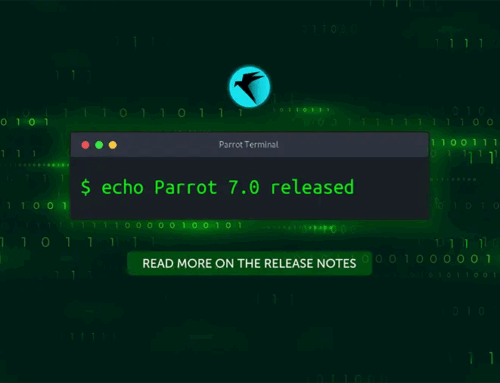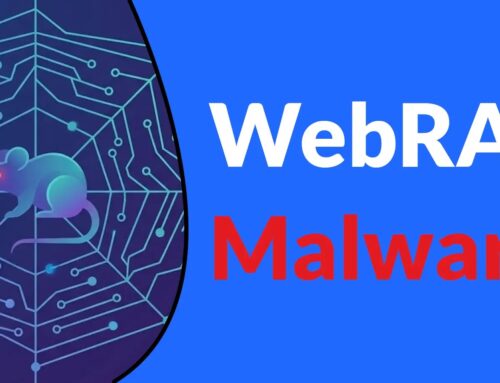
Microsoft 365 Direct Send Weaponized to Bypass Email Security Defenses
Microsoft 365 Direct Send: A New Frontier for Credential Theft Attacks
The digital landscape is a constant battleground, and threat actors continuously refine their tactics to bypass even the most robust security measures. A recent development has sent ripples through the cybersecurity community: the weaponization of Microsoft 365’s legitimate Direct Send feature. This sophisticated approach allows attackers to circumvent traditional email security defenses, facilitating highly personalized credential theft campaigns. For IT professionals, security analysts, and developers, understanding this evolving threat is paramount to safeguarding organizational assets.
The Direct Send Vulnerability Explained
Microsoft 365’s Direct Send, also known as SMTP Direct Send or Option 1 for configuring a multi-function device or application to send email using Microsoft 365, is a legitimate method for sending emails directly from an application or device to a recipient’s mailbox. It bypasses Microsoft 365 mail flow, meaning emails sent via Direct Send do not route through Exchange Online Protection (EOP) or Microsoft Defender for Office 365 (MDO). While designed for specific operational needs—such as legacy applications or devices sending internal notifications—this design choice makes it a prime target for exploitation.
The core of the problem lies in the fact that Direct Send relies on unauthenticated SMTP. This means that a sending server does not need to authenticate with Microsoft 365 to transmit emails to recipients within the same tenant. Attackers can leverage this bypass to send malicious emails that appear to originate from legitimate internal sources, lending them an alarming degree of credibility. This significantly degrades the effectiveness of traditional email security gateways and sandboxing solutions that are designed to filter external threats.
How Direct Send is Weaponized in Spear Phishing
Cybersecurity researchers have observed a sophisticated spear phishing campaign that expertly combines the technical exploitation of Direct Send with advanced social engineering. Here’s a breakdown of the attack methodology:
- Internal Spoofing: By utilizing Direct Send, attackers can craft emails that appear to come from internal sender addresses, such as “HR Department,” “IT Support,” or even a senior executive. This internal guise immediately disarms recipients, who are less likely to scrutinize an email from a trusted internal source.
- Hyper-Personalization: The spear phishing aspect means these attacks are not broad, spray-and-pray campaigns. Instead, they are highly targeted, often leveraging publicly available information about the victim or their organization to craft compelling and urgent narratives. This could include fake password reset requests, internal policy updates, or urgent document sharing prompts.
- Bypassing Security Controls: Because Direct Send bypasses many layers of Microsoft 365 email security, these malicious emails often land directly in the victim’s inbox without being flagged as spam, phishing, or malware by EOP or MDO. This significantly increases the chances of the victim interacting with the malicious content.
- Credential Theft: The ultimate goal of these campaigns is typically credential theft. The malicious emails contain links to convincing, yet fake, login pages (phishing sites) designed to mimic legitimate Microsoft 365 login portals. Once a victim enters their credentials on these fake pages, the attackers immediately harvest them, gaining unauthorized access to corporate accounts.
Remediation Actions and Mitigation Strategies
While the weaponization of Direct Send presents a significant challenge, several proactive measures can significantly reduce an organization’s exposure:
- Restrict Direct Send Usage: The most effective mitigation is to evaluate and restrict the use of Direct Send. If an application or device genuinely requires sending emails via Microsoft 365, configure it to use SMTP Auth Client Submission (Option 2) or SMTP Relay (Option 3), which offer better security and logging. Disable Direct Send for any applications or devices that do not explicitly require it.
- Multi-Factor Authentication (MFA): Implement and enforce MFA across the entire organization, especially for all Microsoft 365 accounts. Even if credentials are stolen, MFA acts as a critical second line of defense, preventing attackers from gaining access.
- Advanced Phishing Training: Enhance employee security awareness training with specific modules on recognizing sophisticated spear phishing attempts, internal spoofing, and the dangers of clicking suspicious links, even if they appear to be internal. Emphasize verifying sender identities and the legitimacy of requests out-of-band.
- Email Authentication Protocols: Ensure proper configuration of SPF, DKIM, and DMARC records for your domain. While Direct Send can bypass some checks, strong email authentication makes it harder for attackers to spoof legitimate internal domains in other attack vectors and can help with overall email security posture.
- Monitor Mail Flow Logs: Regularly monitor Microsoft 365 mail flow logs for unusual patterns, high volumes of internal emails lacking typical security headers, or emails originating from unexpected IP addresses that might indicate abuse of Direct Send.
- Implement User-Reported Phishing: Empower users to report suspicious emails safely. Tools like the “Report Message” add-in in Outlook can help aggregate these reports for security teams to investigate promptly.
- Conditional Access Policies: Leverage Microsoft Entra ID (formerly Azure AD) Conditional Access policies to enforce stricter access controls based on location, device compliance, or application usage, further limiting the damage an attacker can do with stolen credentials.
Tools for Detection and Mitigation
While Direct Send exploitation is more about configuration and awareness, certain tools can aid in overall email security and incident response:
| Tool Name | Purpose | Link |
|---|---|---|
| Microsoft Defender for Office 365 (MDO) | Advanced threat protection, anti-phishing, safe attachments, safe links. Helps detect and block sophisticated attacks *when mail flow is routed through it*. | Learn Microsoft |
| Microsoft 365 Admin Center | Configuration of mail flow rules, connector settings, and security policies. Critical for managing Direct Send and other SMTP options. | Microsoft Admin Center |
| Microsoft Purview (Compliance Center) | Mail flow rules, transport rules, and data loss prevention (DLP) to monitor and control email content. | Microsoft Purview |
| Security Information and Event Management (SIEM) | Aggregates logs from Microsoft 365 and other systems for advanced threat detection, correlation, and alerting. | (Vendor Specific – e.g., Splunk, Microsoft Sentinel) |
| Phishing Simulation Platforms | Conducting controlled phishing exercises to train users and identify vulnerable employees. | (Vendor Specific – e.g., KnowBe4, Proofpoint) |
Conclusion
The weaponization of Microsoft 365’s Direct Send feature is a stark reminder that threat actors are constantly innovating, exploiting even legitimate functionalities for malicious purposes. This evolution towards hyper-personalized attacks that bypass traditional email security highlights the need for a multi-layered defense strategy. By understanding the mechanisms of these attacks, restricting the use of vulnerable configurations, enforcing strong authentication (MFA), and investing in continuous security awareness training, organizations can significantly bolster their defenses against these increasingly sophisticated credential theft campaigns. Stay vigilant, stay secure.





